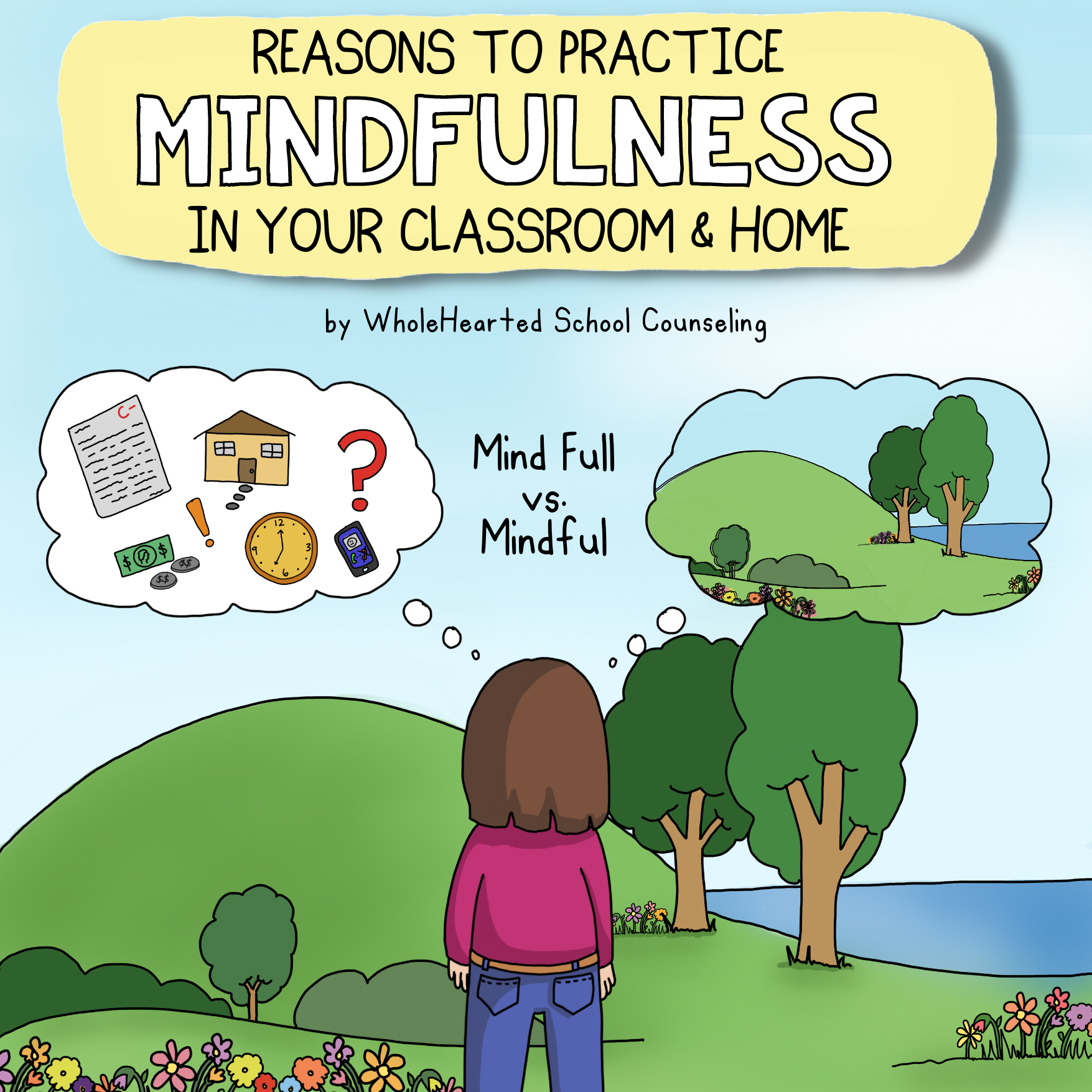
WHY YOU SHOULD INTEGRATE MINDFULNESS STRATEGIES WITH CHILDREN
In other words, mindfulness is not a religious practice or doctrine. It is simply being in the present moment, and accepting the here and now for what it is.
With that said, let’s dig deeper into some other benefits of using mindfulness in the classroom and home.
1. Mindfulness Encourages a Positive Classroom Climate.
Teaching children mindfulness in the classroom helps them find their calming center. Mindfulness helps everyone become more responsive and less reactive. This in turn enhances their awareness of themselves and of those around them. Which can equate to more meaningful and constructive conversations, increased rapport between students, and ultimately more meaningful relationships.
Once children have learned mindfulness strategies as a way to handle some of the sidewinding emotions that typically come with feedback, there’s a better chance that they will have a more positive response to classmates and teachers. With continued mindfulness practice, both academic and nonacademic conversations will flow just a little bit easier.
A Fun Mindfulness Lesson that Builds Classroom Community
Make teaching mindfulness in the classroom fun with this interactive Mindfulness Game Show! In teams, students will Act It Out, answer True or False questions, Sketch Out their answers, problem solve Imagine If questions, and work as a team. You can use this as an introductory lesson or at the end of the unit as an assessment tool to gauge your students’ understanding.
2. Teaches Students Calming Strategies to Deal with Tough Things (Inside and Outside of the Classroom)
Mindfulness Helps to Calm In the Face of Multiple Challenges
Using mindfulness in the classroom helps students build frustration tolerance, a growth mindset, and resilience. For instance, mindfulness supports young people to develop the capacity to juggle the multiple difficult tasks we are tossing their way, all day long. For nearly 7 hours, we are consistently stretching our student’s brains academically to absorb new information. ON top of that, we also ask that students stretch in the ways of working cooperatively, speaking in front of their peers, and getting along with a multitude of different personalities.
Encourages Self-Awareness
Second, mindfulness helps students to better self-reflect and listen to their inner voice. Mindfulness aids in supporting young people to recognize their strengths and limitations, identify their values, motivations, and goals, and articulate boundaries of what is ok or not ok. The better any of us know and become more in tune with ourselves, the more we can give to others. This translates into becoming a better friend and community member.

Mindfulness Helps Cultivate Your Best Self
Third, implementing daily mindfulness practices encourages students to bring their best selves to each activity. And as a consequence, this can help cultivate self-confidence and compassion. Moreover, the more practice young people get at being in the present moment, and accepting that moment for what it is, students being to learn how to regroup in a healthy way when feeling overwhelmed, out of control, or on the verge of a meltdown. Which cycles back and translates into bringing their best selves forward.
Mindful Exercises Minimize Disruptions
And forth, as a bonus, for many mindfulness strategies, students do not even have to leave their space. Mindfulness exercises offer some of the most quiet and calming coping strategies out there. This makes the disruption to learning minimal and unnoticeable!
A simple way to start using mindfulness in the classroom is by modeling and teaching how to take brain breaks. I like to start with The Roller Coaster Breath (also known as 5 Finger breaths). It’s an awesome mindfulness practice for all ages because it gives participants a visual along with the action.
For 5 finger breaths slowly trace your left hand with your right finger, starting where your hand and wrist meet. As you trace each finger, breathe in as your finger climbs up and breathe out as your finger slides down. Then switch hands and do it all over again.
3. Create Smoother Transitions with Mindfulness
Transitions may be one of the trickiest parts of managing behavior. Doesn’t matter whether you are a classroom teacher, a school counselor, or a parent. Transitions are hard no way around it. Thus, why not try using a mindfulness exercise to make them a bit easier? For example, smoother transitions help reduce the amount of wasted time during the day. They can help maintain a more controlled, peaceful learning or home environment.
Practicing a mindfulness strategy in the classroom right before or after a transition will help students recenter themselves. Additionally, they might even be more ready to focus on the next direction. Inviting yourself to practice the strategy with your students or your children will create an atmosphere where mindfulness becomes a natural part of the classroom or family routine.
Try printing these mindfulness strategy practice cards on card stock. Then laminate, hole punch, and attach them with a large key ring. Keep these cards on a hook right next to the light switch or door. This way when your class is going to transition to the next activity, you are already set to read aloud and model the strategy. At home, you could hang it near your child’s bedroom door, too.
(This set also comes as pre-recorded narrated audio with music files, too!)
Check out the FREE SAMPLE PACK of MINDFULNESS BRAIN BREAKS HERE!
4. Take Discipline out of the Stress Response
Working in a school (and raising kids), there is a teeter totter balance of best practices for handling student behavior. We know that behavior is a communication strategy. It is a young person’s way of telling us something and expressing emotion.
As adults, we want to teach our kids strategies for how to be in control of their behavior, while also setting healthy boundaries and requirements. Oftentimes, when our body is experiencing a Stress Response, also known as the Fight-Flight-Freeze, we make choices that our calm mind would not have made. This is true not just for kids, but also for adults, as well! In other words, when talking about choices that a calm mind would not have made, we are not just talking about the unhelpful actions children have taken, but also the unhelpful actions adults might take when dishing out the discipline or consequences.
If we are consistent with teaching and engaging in mindfulness strategies in the classroom and at home, children and adults will have a variety of tools and calming strategies that engage their Prefrontal Cortex to make a smart decision before flipping to the stress response.
That’s one of the wonders of practicing mindfulness: it helps people tap into the thoughtful part of the brain, and to calm the more reactive, protective part. And if already triggered, doing mindful breathing exercises is a great way to move through the stress cycle quicker and more easily. This is helpful for all involved, right? Both the young person who might have made a mistake. And the adult trying to figure out how best to respond to that mistake.
5. Mindfulness Builds Executive Functioning Skills
As educators and parents, we often expect, tell, even demand that young people focus and pay attention. Yet many times we fail to model, guide, and teach them how to do this. By integrating more mindful moments into our own lives, and bringing simple, but very powerful, practices into our schools and homes, we can help young people nurture the seeds of awareness, reflection, executive functioning, and emotional regulation.
Being present, in the here and how, works out the part of the brain that engages in executive functioning activities. Mindfulness activities helps young (and older people) develop stronger abilities and skills in concentration, paying attention, focus, working memory, flexibility, self-control, self-monitoring, metacognition, and problem solving.
Mindfulness improves both social-emotional and academic learning. Plus, the very nature of mindfulness exercises are experiential, which we know is one of the most impactful ways to cultivate not only learning but also the JOY of learning, as well.
P.S.
Mindfulness may not work so well for some students (or teachers/counselors/parents/kids). For some, the quiet and stillness could induce super uncomfortable feelings, that could be trauma related. Because of this, consider adding more movement based mindfulness activities (and maybe not even call them mindfulness exercises if you sense it could be a problem.) In other words, when trying out mindfulness exercises, be mindful of others’ reactions (such as hesitation, looking uncomfortable, etc.) and make those adjustments as needed.


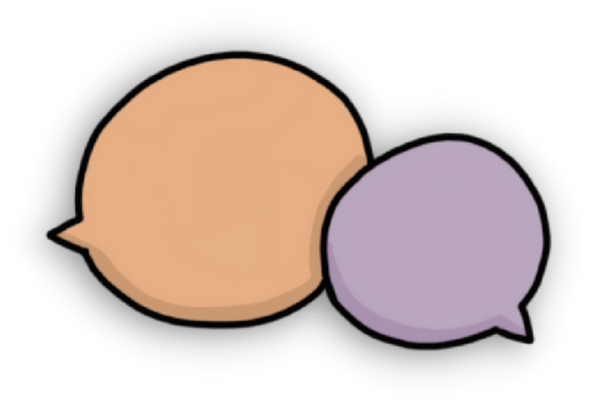
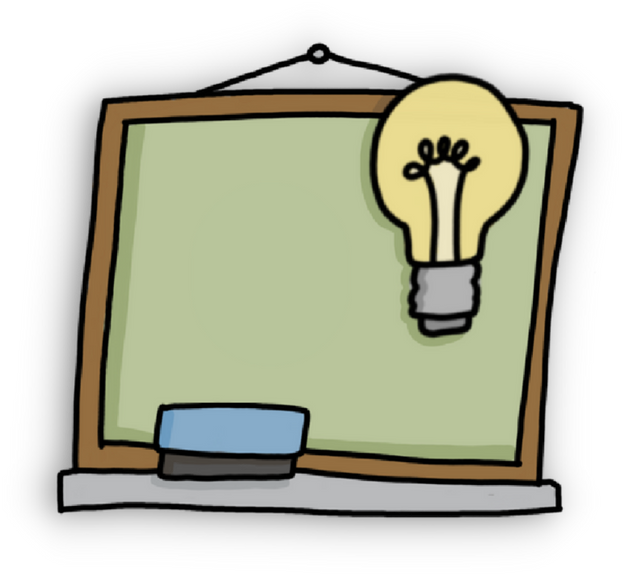
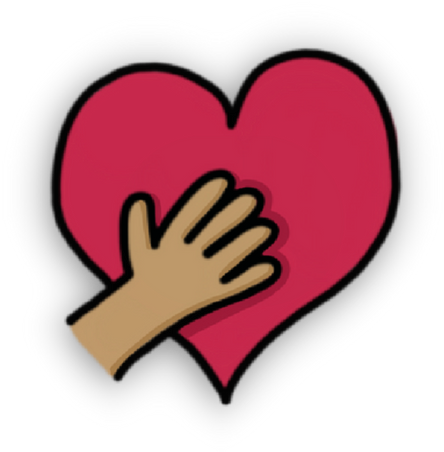
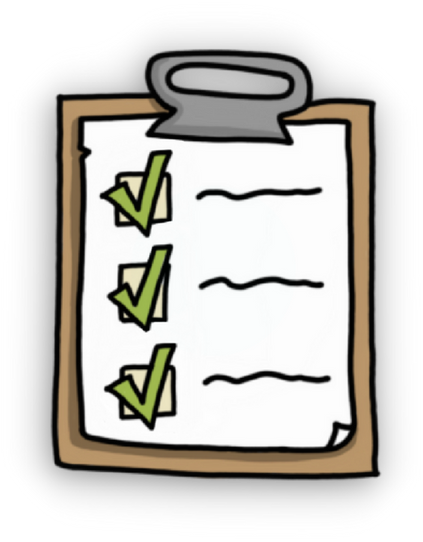



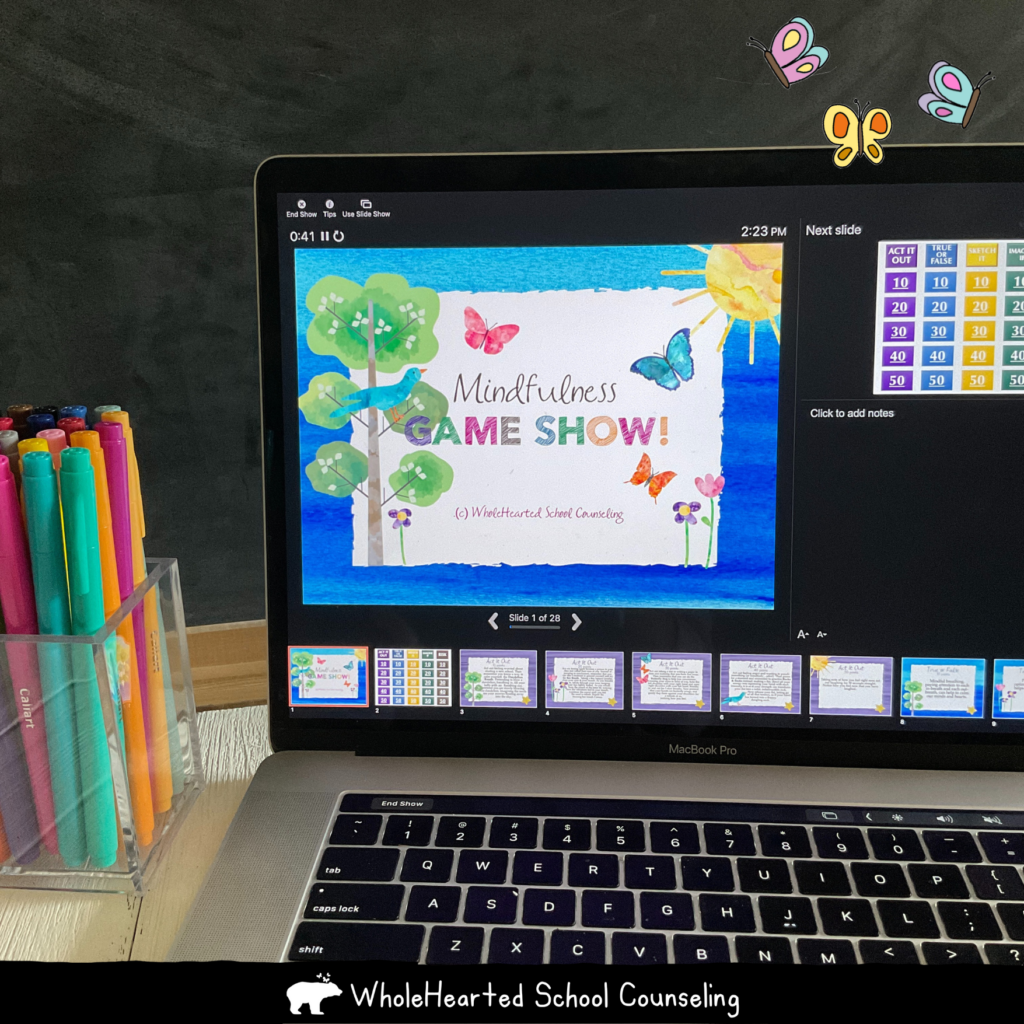

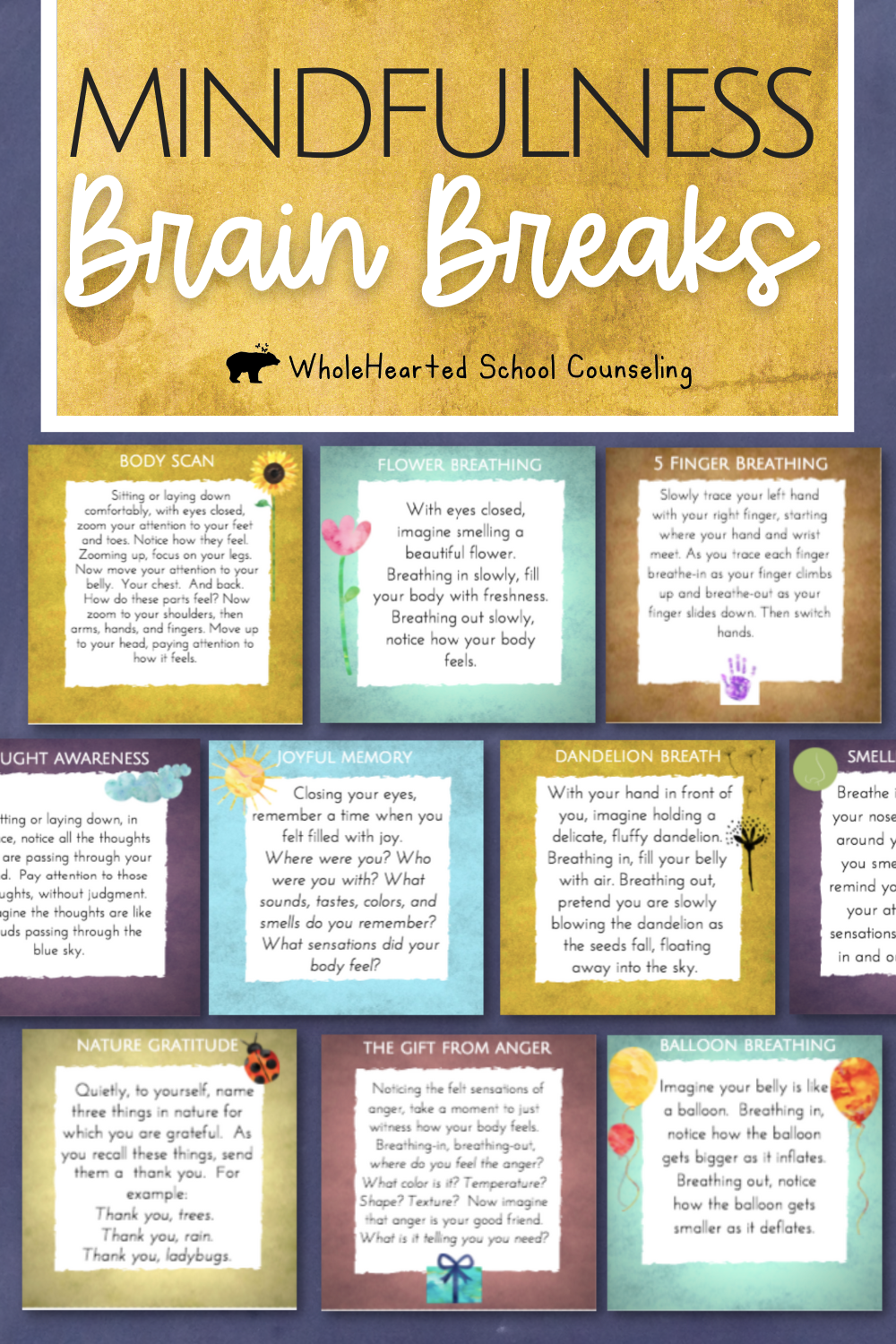
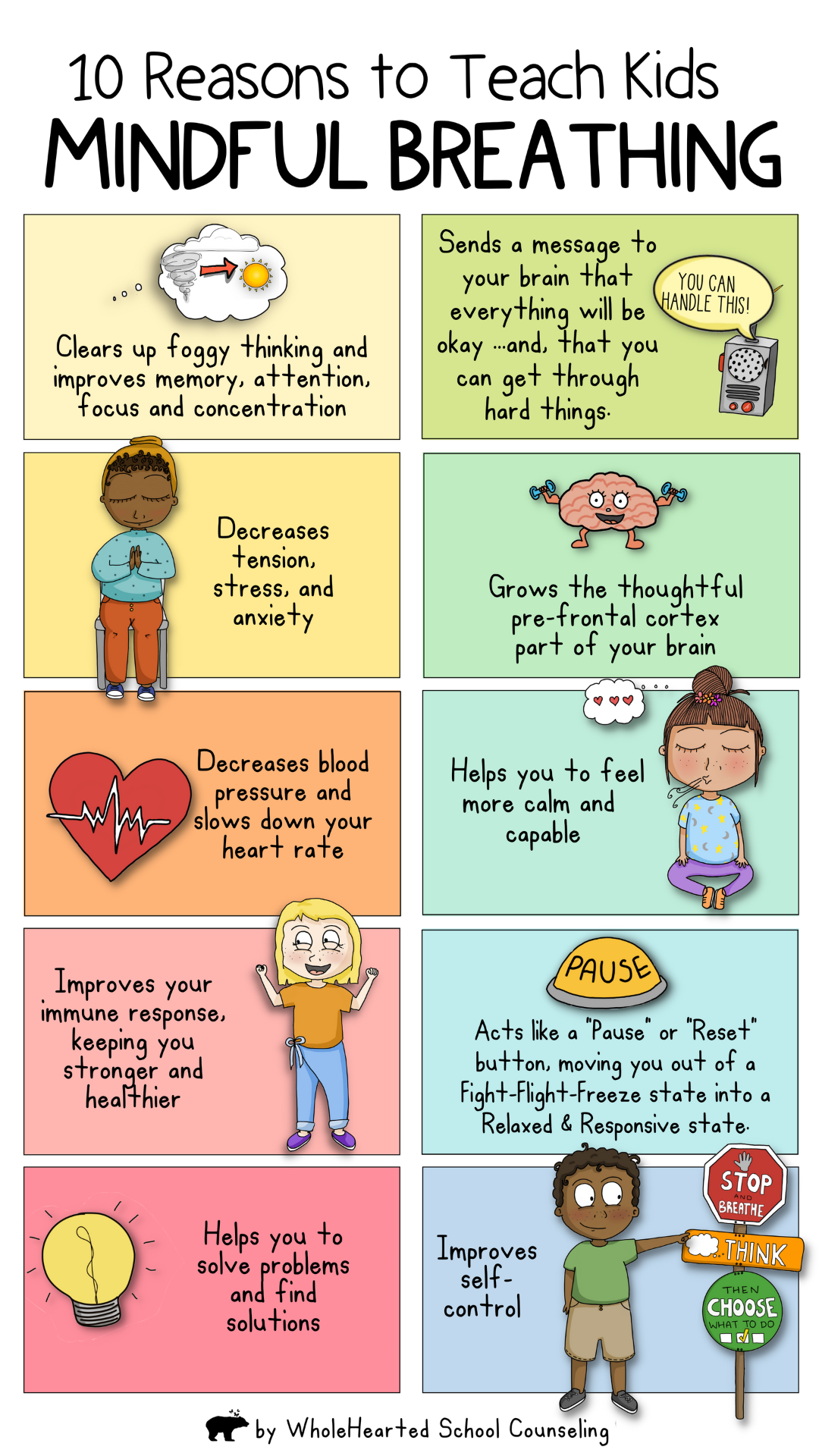

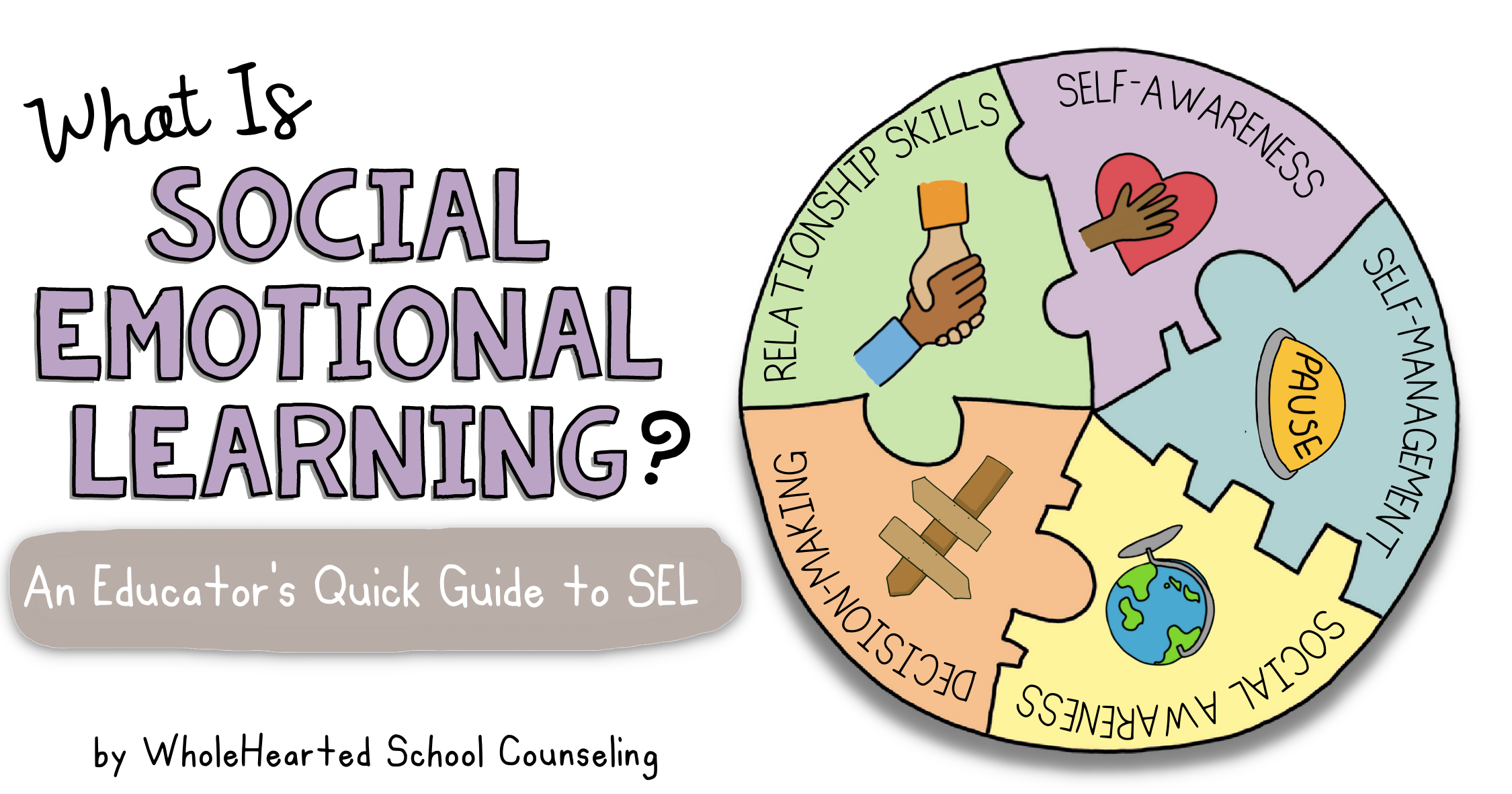
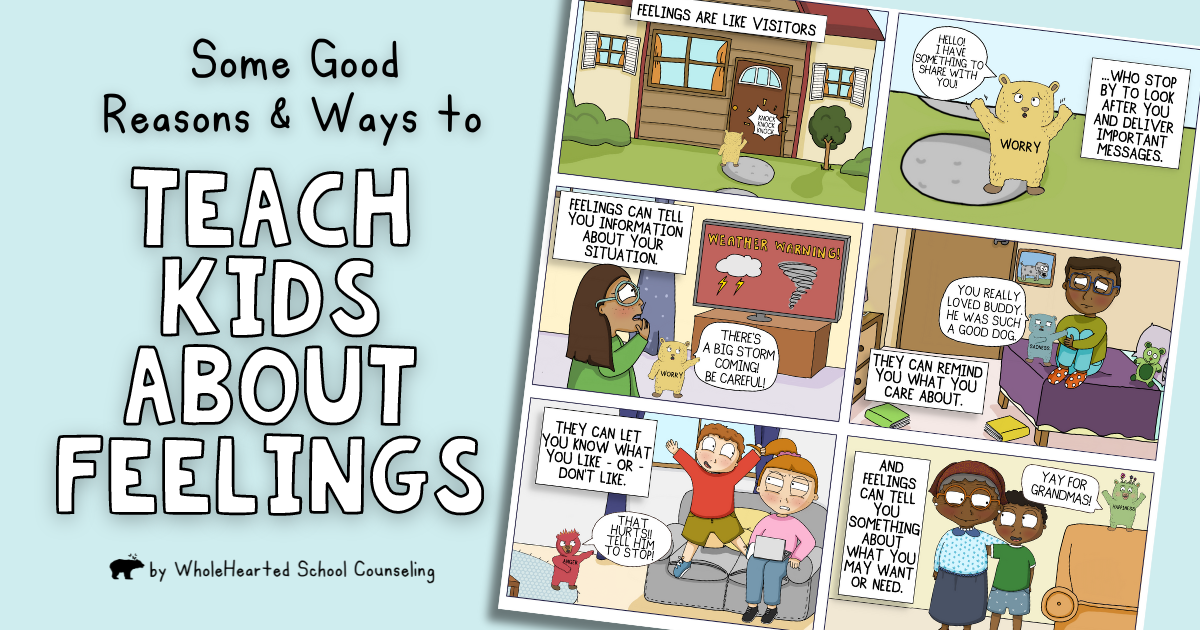
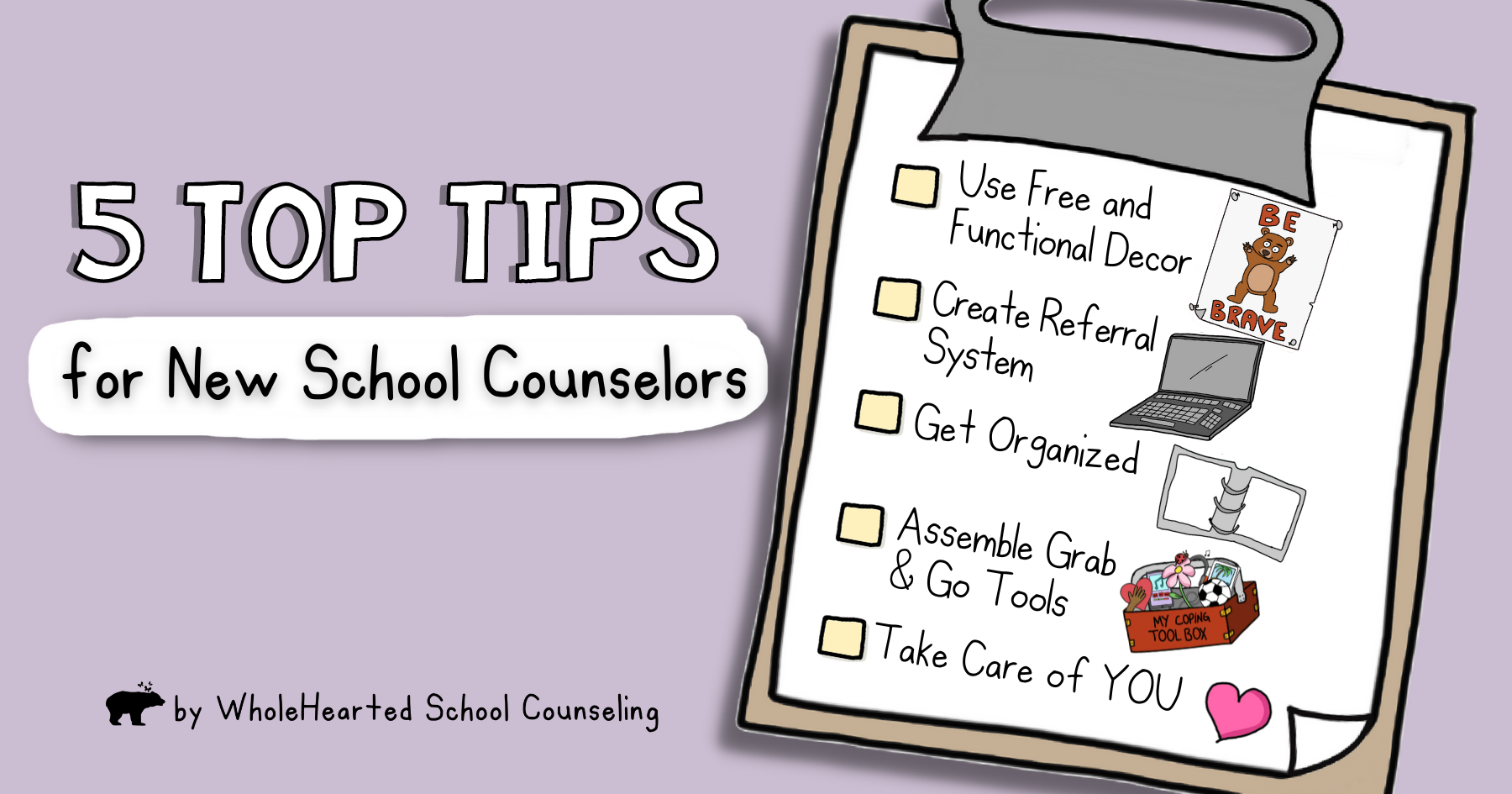



One Comment
Thx